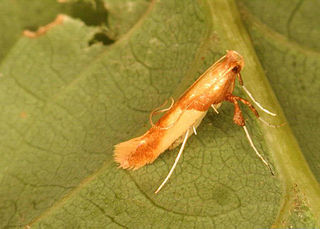
Caloptilia alchimiella is a moth of the family Gracillariidae. It is found in Europe and the Near East.

Stigmella glutinosae is a moth of the family Nepticulidae. It is found in all of Europe.

Phyllonorycter cerasicolella is a moth of the family Gracillariidae. It is known from all of Europe, except northern Scandinavia.
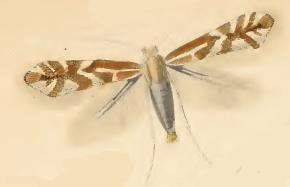
Phyllonorycter viminetorum is a moth of the family Gracillariidae. It is found from Latvia to the Pyrenees and Italy and from Ireland to Ukraine.
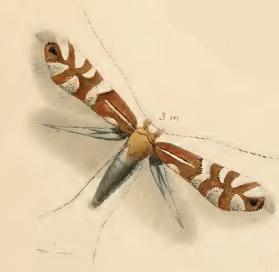
Phyllonorycter ulmifoliella is a moth of the family Gracillariidae. It is found in all of Europe, east to Russia and Japan.

Phyllonorycter emberizaepenella is a moth of the family Gracillariidae. It is found in all of Europe, except the Iberian Peninsula and the Balkan Peninsula.

Phyllonorycter insignitella is a moth of the family Gracillariidae. It is found in all of Europe, except the Balkan Peninsula.

Phyllonorycter lautella is a moth of the family Gracillariidae. It is known from all of Europe, except the Mediterranean islands.

Phyllonorycter nigrescentella is a moth of the family Gracillariidae. It is known from all of Europe except the Balkan Peninsula.

Phyllonorycter quinqueguttella is a moth of the family Gracillariidae. It is found from Fennoscandia to the Pyrenees, Alps, Hungary and Ukraine and from Ireland to central Russia.

Phyllonorycter rajella is a moth of the family Gracillariidae. It is known from all of Europe, except the Iberian Peninsula and Greece.

Phyllocnistis unipunctella is a moth of the family Gracillariidae. It is known from all of Europe.

Parornix betulae is a moth of the family Gracillariidae. It is known from all of Europe, east to Korea. It was recently reported from Canada, with records from Québec, Ontario and British Columbia.

Parornix loganella is a moth of the family Gracillariidae. It is found from Fennoscandia and northern Russia to the British Isles, Denmark and the Baltic States.

Parornix scoticella is a moth of the family Gracillariidae. It is known from all of Europe.
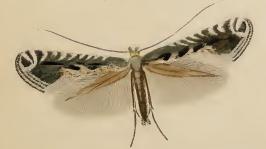
Parornix torquillella is a moth of the family Gracillariidae found in Europe. The larvae mine the leaves of Prunus species, such as blackthorn. It was described by the German entomologist Philipp Christoph Zeller in 1850, from specimens found in Florence, Leghorn and Pisa.
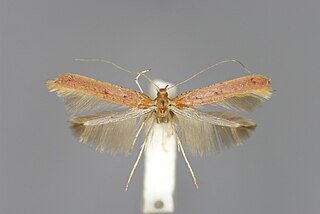
Caloptilia elongella is a moth of the family Gracillariidae. It is known from all of Europe east to eastern Russia. It is also found in North America from British Columbia, south to California and east in the north to New Hampshire and New York.

Calybites phasianipennella is a moth of the family Gracillariidae. It is known from all of Europe and most of Asia.

Euspilapteryx auroguttella is a moth of the family Gracillariidae. It is known from all of Europe.

Heliozela resplendella is a moth of the Heliozelidae family. It is found from Fennoscandia and northern Russia to the Pyrenees, Alps and Romania and from Ireland to the Baltic region.














